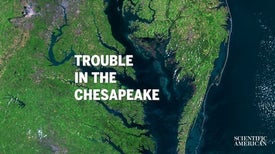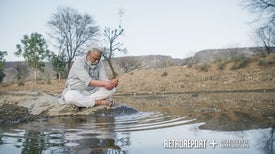Monterey Canyon has come into spectacular view after a decade and a half of effort
Just offshore from the small town of Moss Landing, Calif.—once an important West Coast fishing hub and now a center of oceanographic research—stretches one of the country’s most magnificent but little-known geologic features: Monterey Canyon.
About the same size as the Grand Canyon in Arizona, its main channel is nearly 300 miles long. If you swam down the deepest part of the canyon, you would have dive 5,580 feet to get to the bottom. (The deepest part of the Grand Canyon is deeper, in comparison, but by just 430 feet).
The Monterey Bay Aquarium Research Institute (MBARI) sits on the coast near the mouth of Monterey Canyon. For the past 33 years scientists at MBARI have been conducting extensive research into the vast gorge’s geology, chemistry, biology and ecology.
A project to map the canyon using sonar with a resolution of about one meter (3.3 feet) mounted on autonomous underwater vehicles (AUVs) began 15 years ago. Now that effort has finally gathered enough information for scientists and engineers to compile the most detailed picture of the feature ever created. Led by engineer David Caress, the MBARI team worked with visual artists in Los Angeles to turn those data into a sumptuous animation that reveals Monterey Canyon’s rugged contours and precipitous topography with unprecedented accuracy.
The map reveals many characteristics that make this submarine canyon different than the Grand Canyon. While the latter was largely formed by the flow of the Colorado River, Monterey Canyon was mainly created by moving turbidity currents—essentially underwater avalanches that have gnawed away the canyon’s walls to the features seen in the mapping data.
Those avalanches form the fasting moving part of the so-called carbon highway, transporting massive amounts of carbon-rich material from the nearshore region to the deep ocean. Scientists are just beginning to understand how much material is being moved and sequestered in the deep, thus playing an important role in the global carbon cycle.








